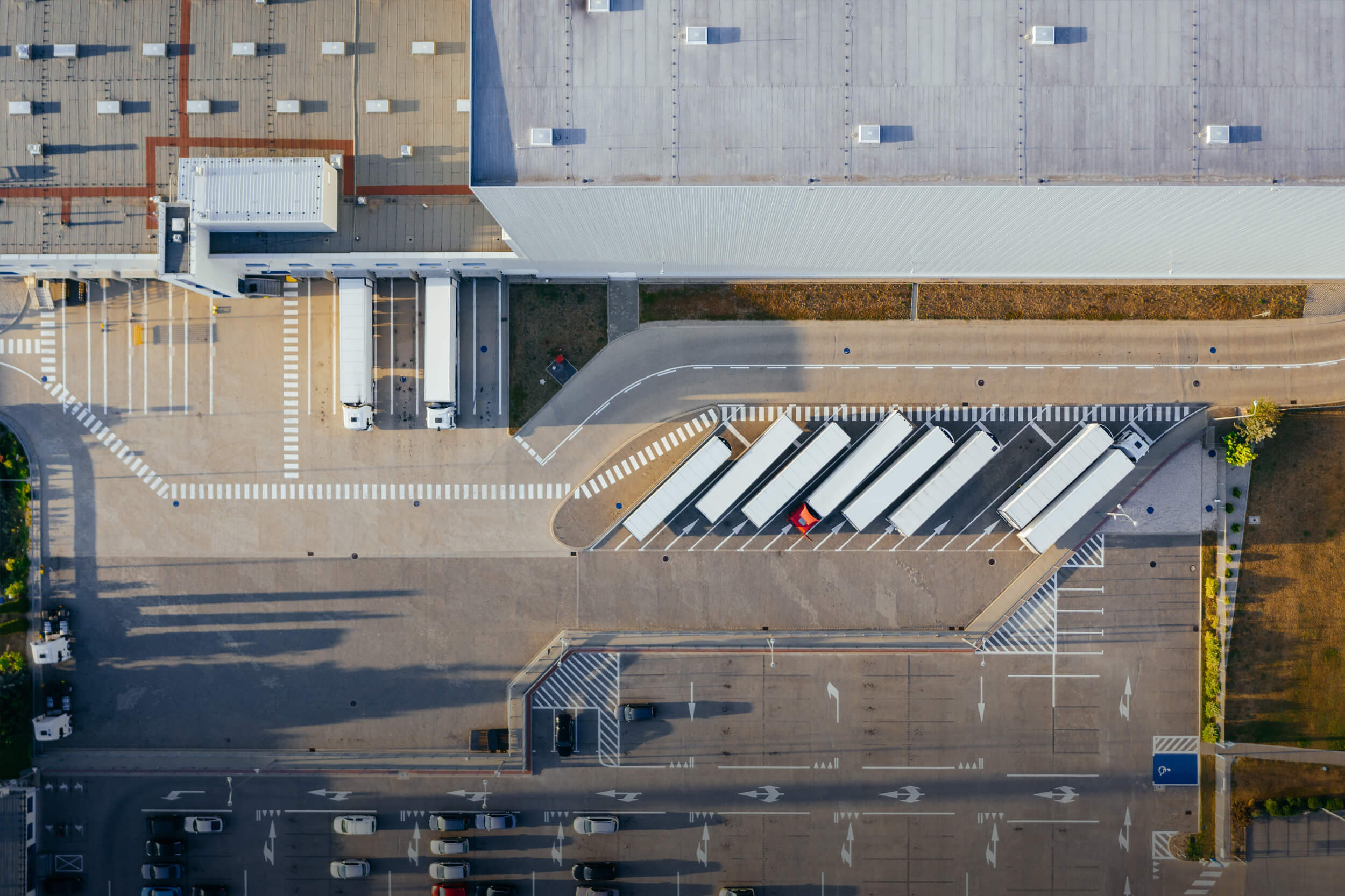On industrial campuses, assets & processes can move between various physical environments, such as indoors, outdoors in wide open spaces, and outdoors in covered or obscured spaces. The changing nature of the environment presents a challenge because few location tracking technologies are suitable for both indoor and outdoor use.
In this blog post, we’ll explore the technical aspects of tracking assets and processes that move between indoor and outdoor environments and the solutions Ubisense offers for seamless tracking.

Considerations for Facility-Wide Location Tracking
Implementing asset tracking systems for seamless indoor-outdoor tracking is technically challenging.
Tracking parameters usually change with the environment. For example, indoor and outdoor tracking may have different accuracy and update frequency requirements. Technology complicates the matter. A technology that works well outdoors may not work indoors. Similarly, a technology suitable for indoor asset tracking can have prohibitively high infrastructure costs for outdoor implementation.
Let’s look at some considerations for tracking assets that move between indoor and outdoor environments and how they can inform asset-tracking decisions.
Accuracy & Precision
Indoor tracking typically requires greater accuracy and precision than outdoor asset tracking. For instance, accuracy and precision are critical for tracking assets on an assembly line. In contrast, accuracy and precision requirements are lower when the same asset moves outdoors from the warehouse to the factory floor.
Indoor and outdoor environments are not the only factors that influence the accuracy and precision of an asset-tracking system. As a rule of thumb, higher accuracy and precision are required when an asset is being used.
For instance, tracking systems for controlling tool operations require millimeter-level accuracy. However, a real-time tool management system for locating the same tool needs shelf-level or room-level accuracy.
Reliability
Asset tracking subsystems that are part of a critical system, like collision avoidance or assembly line optimization, must be highly reliable. In contrast, a system for tracking work-in-progress commercial vehicles can do without a six-sigma reliability.
While reliability is not a function of the tracking environment, critical processes are usually located indoors. Therefore indoor asset tracking systems have lower failure rate requirements than outdoor asset tracking systems.
Update Frequency
Update frequency is the rate at which an asset tracking tag transmits its location. The update frequency is higher for assets on the move and high-accuracy tracking systems.
The battery life of the tracking tag is directly related to the update frequency. Active tags consume power each time they transmit their location. Because replacing batteries takes time, power-saving features are desirable on active tags.
Interference
Most commercial asset-tracking systems rely on radio waves to transmit and receive the location of the tracked assets. However, metals, walls, trees, buildings, people, liquids, etc., block and interfere with the radio waves from the tracking tag. Even other sources of radio waves, like mobile phones and cell phone towers, can interfere with the asset tracking system.
Interference can decrease the accuracy and precision of the system. Blocking can create ‘blind spots’ where the asset cannot be tracked.
For example, while GPS is great at tracking assets outdoors, it is not an effective indoor tracking solution because GPS signals are weak indoors.
Ruggedness
Asset tracking tags and receivers that move indoors and outdoors must be rugged to handle the elements. In addition, they should also be able to operate in rain, snow, and fog. Look for ultrasonically-welded case rated IP67 or IP69K on hardware that will move indoors and outdoors.
Range & Technology
Range and technology go hand in hand. Low Power Wide Area (LPWA) and GNSS systems such as GPS and 5G are long-range. WiFi, Bluetooth, UWB, and RFID are short-range technologies best suited for indoor use.
Network Infrastructure Density
The density of network infrastructure is the amount of infrastructure (typically receivers) needed to track assets in a given area. Long-range technologies require less infrastructure and vice-versa.
Typically, long-range tracking technologies are less accurate than short-range technologies. For example, while the UWB can offer cm level accuracy, the accuracy of GPS is about 2 meters.
Ubisense’s Real-Time Kinematics (RTK) brings together the best of both worlds. RTK provides an additional stream of positioning data to correct and improve the standard GPS signal. While this limits the range to about a kilometer, the upside is lower infrastructure density and cost than UWB and WiFi.
How to Choose the Right Solution?
Dual mode tags, like Ubisense’s UWB+BLE tags, are usually the answer for tracking assets and processes that move indoors and outdoors. Dual-mode tags use complementary tracking technologies – one for indoor tracking and the other for outdoor tracking.
In conclusion, an asset tracking system requires careful consideration of all the factors discussed above to choose the right solution. To find out more about our location-tracking technology and solutions, click here.
